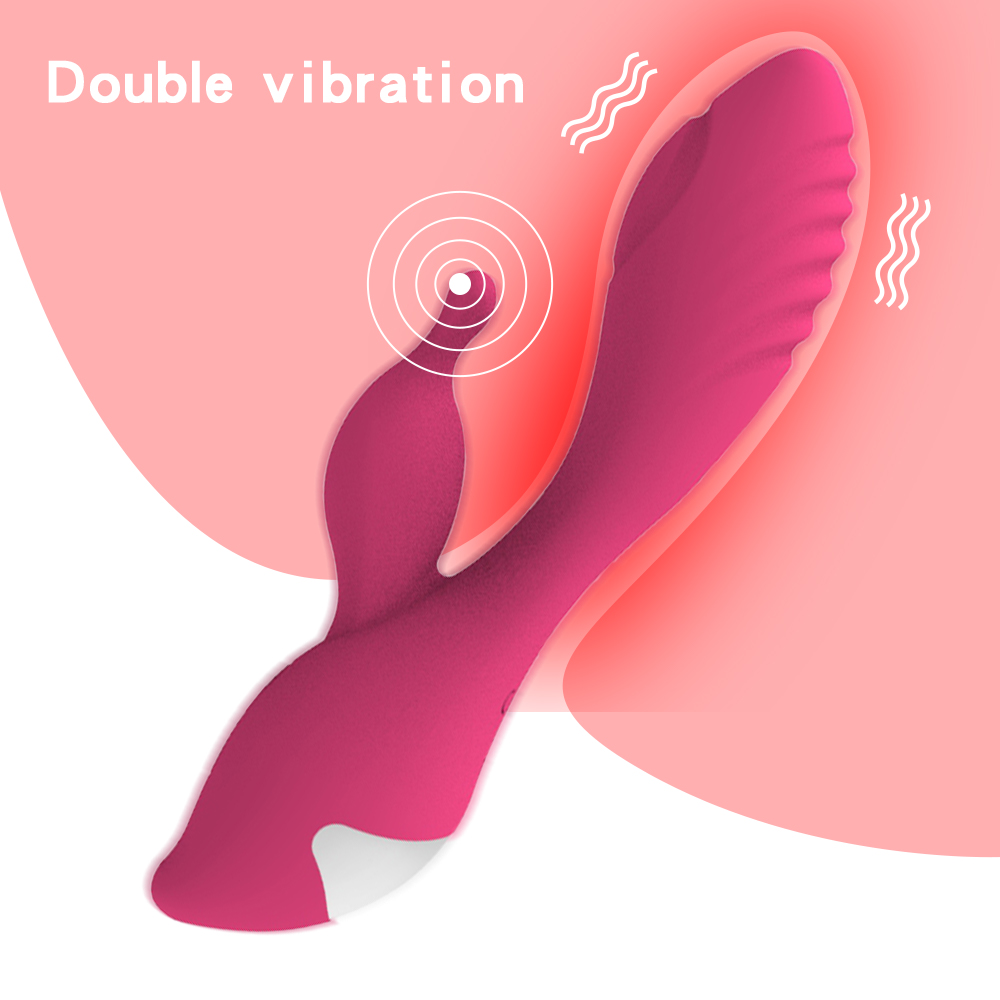News
The Secret Pleasure: How Vibrators Empower Modern Women's Self-Exploration
In contemporary society, women's pursuit of personal pleasure is gradually shedding its stigma, with vibrators—as iconic adult toys—becoming a key instrument in this revolution of "bodily autonomy." Evolving from medical devices to intimate accessories, their transformation reflects not only technological progress but also shifting societal attitudes toward female sexual pleasure. 

From Medical Tool to Personal Pleasure
In the late 19th century, vibrators were initially used as medical instruments to treat "female hysteria," with doctors manually stimulating patients to relieve tension. It wasn’t until the sexual liberation movements of the 20th century that they gradually entered the consumer market, becoming private companions for women exploring their own bodies. Today, with the rise of e-commerce and discreet purchasing options, more women are embracing vibrators—no longer viewing them as shameful taboos but as part of self-care. 

The Evolution of Technology and Design
Modern vibrators have far surpassed simple vibration functions. Ergonomic curves, adjustable intensity settings, whisper-quiet designs, and even Bluetooth-enabled app controls allow for highly personalized experiences. Some brands now feature sleek, aesthetically pleasing designs, transforming these devices from hidden-away secrets into tasteful lifestyle accessories. 

Breaking the Shame, Embracing Autonomy
Despite growing social acceptance, many women still feel awkward when purchasing or discussing vibrators. This contradiction highlights how traditional norms continue to constrain female sexual expression. Yet, an increasing number of voices advocate that understanding one’s body and seeking pleasure should not be stigmatized—but recognized as a healthy part of life.
The rise of vibrators is not just a triumph of technology but a symbol of women’s awakening self-awareness. When women can openly acknowledge their desires, they are not only exploring physical pleasure but also reshaping society’s perception of female sexuality. 







